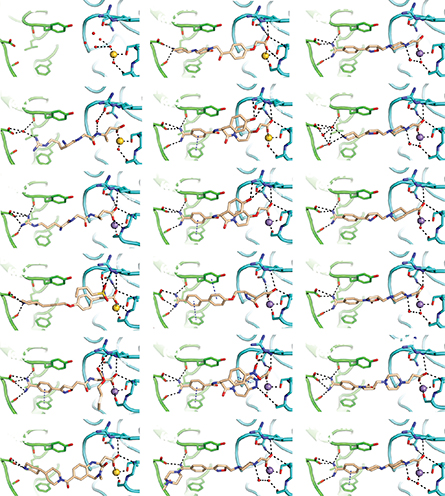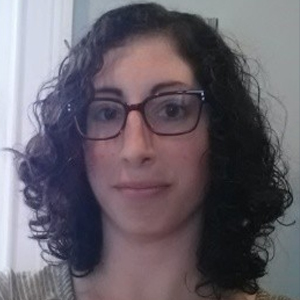A solution that holds water
Name a biological function, and proteins called integrins are probably involved in it. Together, the 24 members of the integrin family allow cells to attach to one another and to the matrix that surrounds them. They help cells decide what to become, where to go, how to respond to their environments, and when to grow, divide or die.
Integrins’ ubiquity and versatility also mean that when cells bearing them go awry, these proteins can contribute to a range of diseases, from autoimmune diseases to cancer.

The FDA has so far approved six drugs that reduce the activity of specific integrins to treat illnesses such as multiple sclerosis and ulcerative colitis and to prevent blood clots from forming. To the disappointment of scientists, doctors and patients, however, other promising candidates have failed in clinical trials and curtailed integrins’ potential as treatment targets.
New work led by researchers at Harvard Medical School and Boston Children’s Hospital uncovers a reason for the failures — and offers a potential solution.
Taking a close look at an integrin involved in blood clotting, Timothy Springer at HMS and Boston Children's and colleagues found that failed drugs for two different integrins inadvertently encourage the integrins to open up into their “on” position, potentially driving integrin activity instead of quelling it.
The team revealed that in its closed or “off” position, the integrin contains a water molecule held in place by a series of chemical bonds. The integrin ejects the water molecule when activated.

Once they learned what was happening, the researchers were able to design integrin blockers that coaxed the clotting protein into its “off” position by holding the water molecule in place with a nitrogen atom.
Further tests hinted that water molecules play the same role in other integrins, indicating that the team’s strategy could work more broadly.
The findings, published in the journal Cell on Sept. 15, forge a clearer path for drug development and deepen researchers’ understanding of how integrins work normally.
“The same water-harnessing design principle has already been extended to another integrin, and structural information suggests that researchers can design drugs to target further members of the integrin family to treat diseases that cause great suffering,” said Springer.
“It’s always gratifying to work on a project that is both scientifically and medically important,” he added.
This article was republished with permission from Harvard Medical School. Read the original.
Enjoy reading ASBMB Today?
Become a member to receive the print edition four times a year and the digital edition monthly.
Learn moreGet the latest from ASBMB Today
Enter your email address, and we’ll send you a weekly email with recent articles, interviews and more.
Latest in Science
Science highlights or most popular articles

The science of staying strong
Muscles power every movement, but they also tell the story of aging itself. Scientists are uncovering how strength fades, why some species resist it and what lifestyle and molecular clues could help preserve muscle health for life.

Bacteriophage protein could make queso fresco safer
Researchers characterized the structure and function of PlyP100, a bacteriophage protein that shows promise as a food-safe antimicrobial for preventing Listeria monocytogenes growth in fresh cheeses.

Building the blueprint to block HIV
Wesley Sundquist will present his work on the HIV capsid and revolutionary drug, Lenacapavir, at the ASBMB Annual Meeting, March 7–10, in Maryland.

Gut microbes hijack cancer pathway in high-fat diets
Researchers at the Feinstein Institutes for Medical Research found that a high-fat diet increases ammonia-producing bacteria in the gut microbiome of mice, which in turn disrupts TGF-β signaling and promotes colorectal cancer.

Mapping fentanyl’s cellular footprint
Using a new imaging method, researchers at State University of New York at Buffalo traced fentanyl’s effects inside brain immune cells, revealing how the drug alters lipid droplets, pointing to new paths for addiction diagnostics.

Designing life’s building blocks with AI
Tanja Kortemme, a professor at the University of California, San Francisco, will discuss her research using computational biology to engineer proteins at the 2026 ASBMB Annual Meeting.

